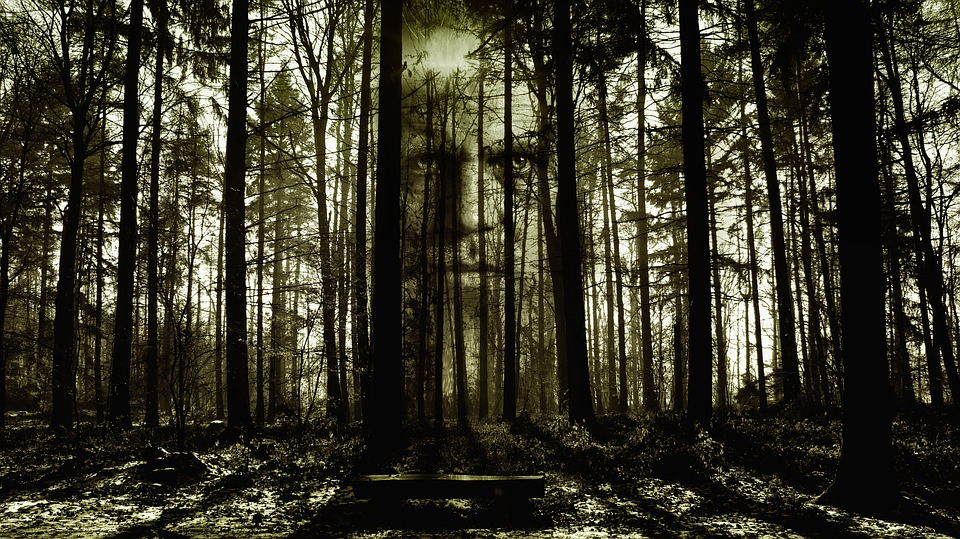What Do Ghosts and Ghost Stories Represent Metaphorically in This Tale?
What is it that makes The Legend of Sleepy Hollow scary? Is it the plot, or the conclusion we reach at the end? The storyteller opens the story with “The dominant spirit…that haunts this enchanted region, and seems to be commander-in-chief of all the powers of the air, is the apparition of a figure on horseback, without a head“ (Irving, 1820, page 2). By the end of the story we have to wonder whether the rider is the spirit of a fallen soldier or a romantic rival in disguise. Or was it maybe someone else?
Sleepy valley is secluded, undisturbed, and silence is broken by “the occasional whistle of a quail or tapping of a woodpecker is almost the only sound that ever breaks in upon the uniform tranquility” (Irving, 1820, page 1). But there ghost stories are told more often than in other parts of the country where there is no encouragement for ghosts and where “local tales and superstitions are trampled underfoot by the shifting throng that forms the population of most of our country places” (Irving, 1820, page 15). In The Sleepy Valley, as in every other small place, there is a “headless horseman” who is able, for instance, to transform a tree into a mythical creature and who represents their need to escape from their ordinary lives. Ghost stories are there to bring some sort of magic into otherwise uneventful everyday lives. The storyteller himself, as every other new visitor to The Sleepy Hollow, falls under the magic of The Sleepy Hollow – at the very beginning of the story he promises the readers factual account of the events that took place there. However, he soon starts retelling what he has heard through the grapewine and leaves us in the dark about some defining moments in this story, especially at the end of it, where we are left wondering about the most crucial fact – his death.
The need for the magical is not only present locally, it is recognized as an individual need as well. As the story unfolds, we are introduced to the protagonist Ichabod Crane and it becomes evident that even the teacher, who is educated, is prone to believe in and become affected by the belief in the supernatural. “His appetite for the marvelous, and his powers of digesting it, were equally extraordinary; and both had been increased by his residence in this spell-bound region” (Irving, 1820, page 5). His perceptions of nature reflect the change in his emotions so that when he is in love the small birds flutter, chirp and frolick from bush to bush, and tree to tree. Throughout the story he is constantly struggling with his own ghosts, fantasy and reality, and it is only after his disappointment in love that he loses the battle with “the headless horseman” and is never found again.
Perhaps what scares readers the most is the conclusion that any of us could be carried away into the imaginary world, that there is a fine line between reality and fantasy, that we can easily mistake one for the other and that we cannot rely fully on our senses.
Work Cited
Washington Irving, (1820), The Legend of Sleepy Hollow, retrieved from http://www.pagebypagebooks.com/Washington_Irving/The_Legend_of_Sleepy_Hollow/The_Legend_Of_Sleepy_Hollow_p5.html
If you are in a similar situation with your The Legend of Sleepy Hollow essay, relax, because we are here to help you.
First of all, we can provide you with good examples of papers to follow. Along with this The Legend of Sleepy Hollow essay sample, we have a lot of papers dedicated to famous stories and novels. Check them out to get a better idea of how such papers should be written. Also don’t forget to have a look at our posts with topic suggestions – we are sure they will help you find something worthy of writing about. All in all, inspiration matters even when it comes to academic writing!
